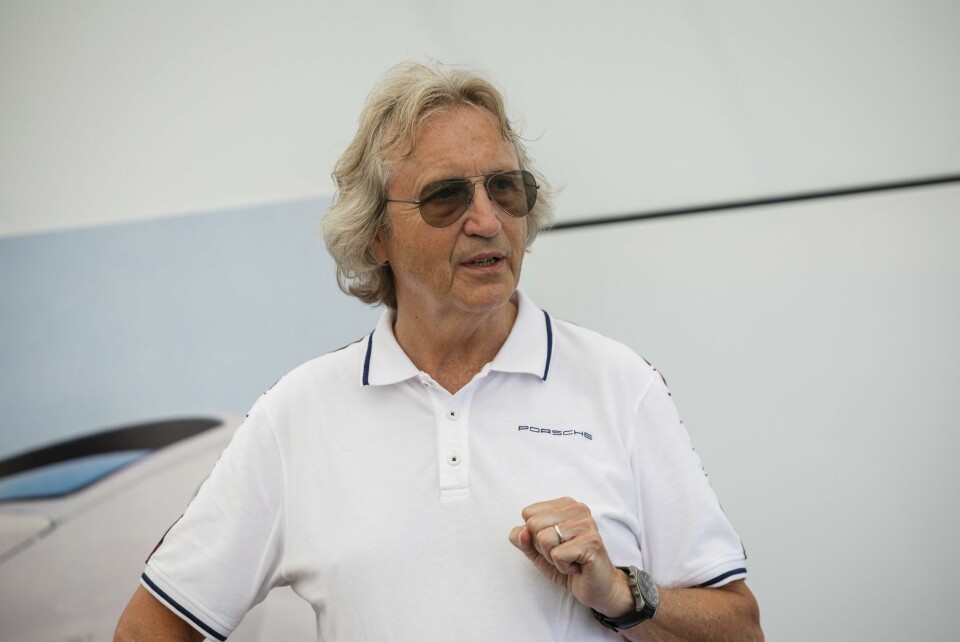
Designing Turbos and pioneering computer-aided design: life at Porsche with Tony Hatter
British designer Tony Hatter reflects on a career that spans several generations of Porsche sports cars and design processes
From graduating under the stewardship of Peter Stevens to working on iconic models such as the Carrera GT, Tony Hatter has had quite the career in car design, much of it with Porsche. We caught up with him to reflect on his experience as a designer since retiring four years ago.
Car Design News: Tell us about your journey into car design.
Tony Hatter: I was a car-crazy kid like all of us. I was good at music and art but my parents said “if you’re car-crazy, you’ve got to forget that and get into mechanical engineering where you can make some money.”
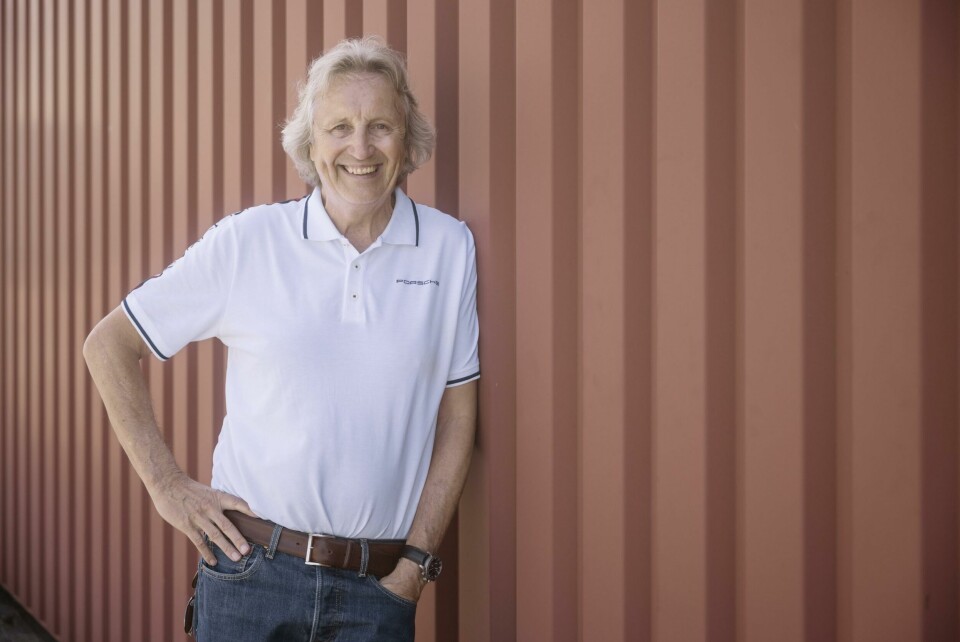
I flunked at that in my first year before finding a Coventry course called ‘Industrial Design (Transportation)’ which had been founded by the Midlands motor industry. It was designing transport solutions, not cars, so I would sketch car stuff in the evenings. Peter Stevens was my mentor. I loved his custom car stuff. I then got an interview and accepted by the Royal College – car design at last! That was the way to learn car design properly.
CDN: Where did your career begin?
TH: My influences were American graffiti and Steve McQueen in []Le Mans[]; two diametrically opposed car culture things. Hot rodding wasn’t going to happen over here in any meaningful way but motorsport was possible. I tried to get a job at Porsche but first got into Opel, working in Rüsselsheim among a bunch of young American designers from GM. We all had to learn German on the job. I worked on the Opel Omega 3000, the Lotus Omega and early sketches of the Calibra. I wasn’t too aware of its aero potential; in those days you didn’t see much of wind tunnels. After five years I tried Porsche again and got a job offer in 1986.
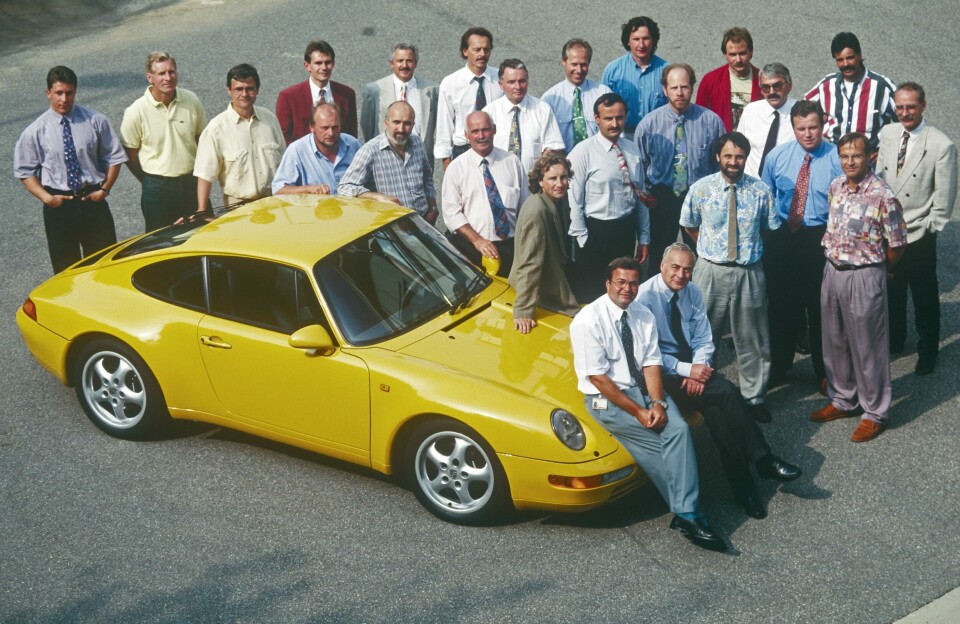
CDN: How did things progress in Stuttgart?
TH: I began with little jobs until Harm Lagaay arrived [in 1989], which is when more major projects started to happen. The 993-generation 911 was my first big project. There was about 30 people in our studio, not very many of us, and I was effectively in the corner with this car while others were feverishly doing Boxster stuff. It was all about evolving shapes and forms from the 928 and 959 beforehand. We did the standard car between ‘89 and ’91; once that reached production we were given the job of the Turbo.
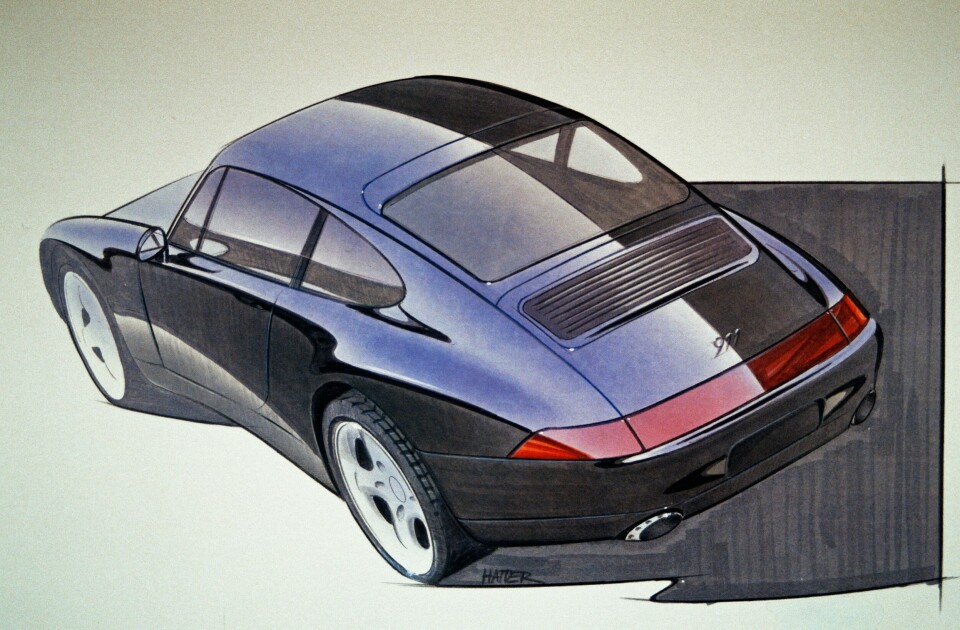
CDN: Was that a big tick on the bucket list?
TH: We’re all car freaks in the design studio so the chance to do a 911 Turbo is a once in a lifetime opportunity for a designer. We were allowed to do much more on this car than the 964 Turbo. Wider arches, new front and rear aerodynamic work; it was like having a second chance to do the 993. I know almost every car now uses a turbocharger to boost efficiency, but to me ‘Turbo’ means fire-spitting 935s at Le Mans – raw power.
CDN: What came next?
TH: Just before the summer break in 1995, Harm Lagaay told me “we’re going to get a call from the racing department, they want us to design them a car.” That led onto the 911 GT1 project. I became a bit of a guinea pig working on a new computer-aided styling program called CPRS. Alias didn’t exist in those times. I was quickly building shapes and circles with software that originated in Hollywood for CGI graphics. So I had this huge working station with a very small screen – and it kept crashing! – but I managed to design the very first GT1 with that software. The racing department loved that we’d very quickly given them something to work with.
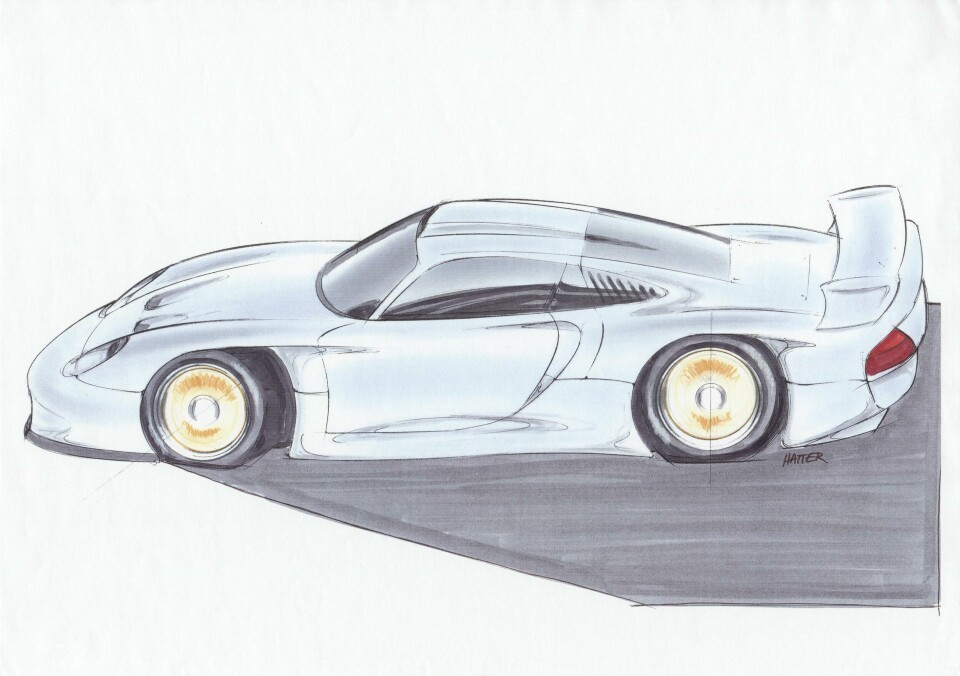
CDN: Did it feel like an exciting breakthrough?
TH: It was a nascent thing across the industry but I think Porsche was slow to take it up; the 993 was modelled 100 per cent by hand. We had no instant communication back then so unless you talked to rival designers at motor shows, you had no idea what everyone else was up to. But we could quickly get surfaces done, mill a model and put it in the wind tunnel. The GT1 wasn’t a trial of the technology – it was a case of “that sounds good, let’s use it”. I’d already trialled the software modelling some switches for the 996 interior. And it wasn’t easy!
The Carrera GT was [essentially] a Boxster with a V10 engine in the back
CDN: There must be other highlights from more than 40 years at Porsche…
TH: Porsche has long been an engineering consultancy – so those of us in the studio have always done jobs for other people. I became the external project chief and we did several jobs for automotive companies in France and China. Then Michael Mauer came in as chief designer and I became sports cars design manager – the 911 and Boxster were my babies. So the 991, 992, 981 and 982. The Carrera GT was somewhere in there too. I got called in towards the end of the show car modelling phase in America and took the data back to Weissach to try and evolve it into a real car.
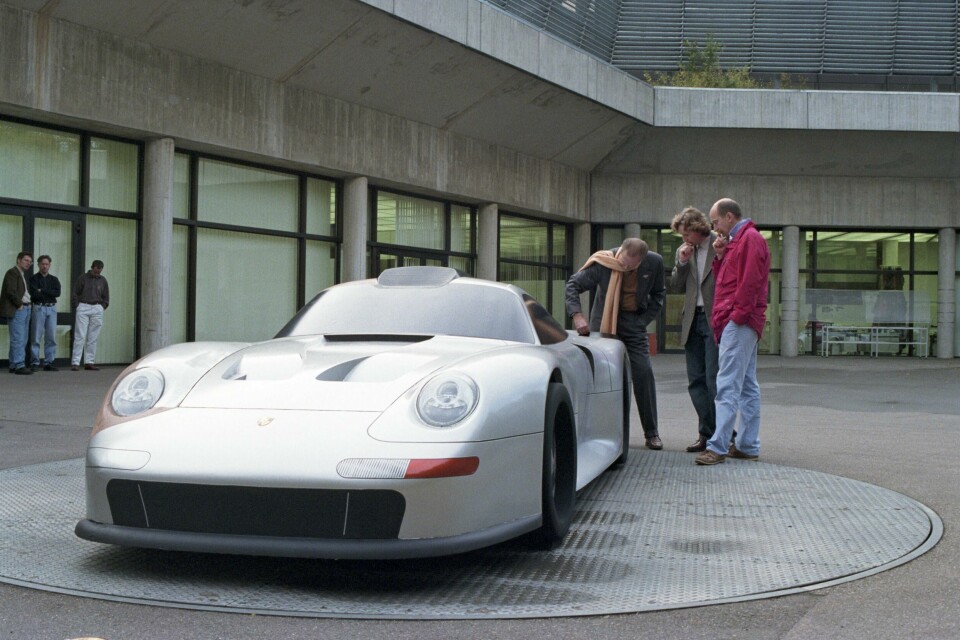
CDN: A beautiful car – was it a big undertaking?
TH: It was a Boxster with a V10 engine in the back. That was it: a beautiful little show car but it had no roof, no cooling concept, no aero. It was like putting the team back together from the GT1. Norbert Singer was there too which was great, the aero and thermal guy.
It took a year of my life in a satellite studio near Weissach with another British designer helping me do the interior. Just the two of us. We weren’t even sure the project would carry on. The costs, aero, thermal, production – it was a hard project. But with a similar team to the GT1 we were all enthusiastic, we all knew what to do. It happened so quickly compared to developing a 911. The door handles are from a contemporary 997 but concealed.
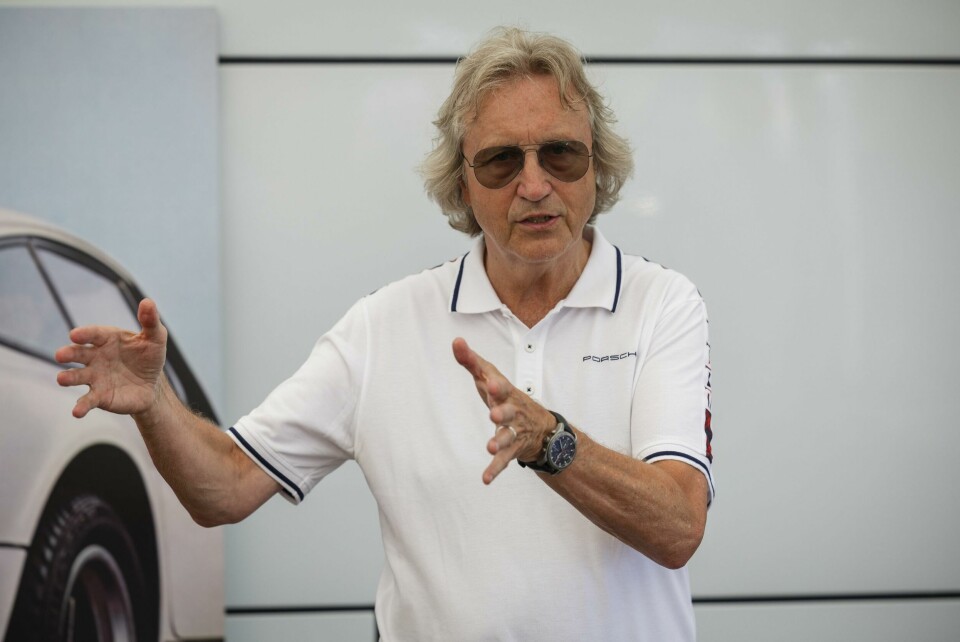
CDN: What does life look like for you now?
TH: I spent my last five years at Porsche as head of design quality with a staff of people to look after each car once its clay model was finished. My team made sure the design intent made it all the way to the production line across exterior, interior, colour and trim. All branches of its design. I’ve now been retired four years but I do projects with Ruf; the Bergmeister Spyder was my car.



